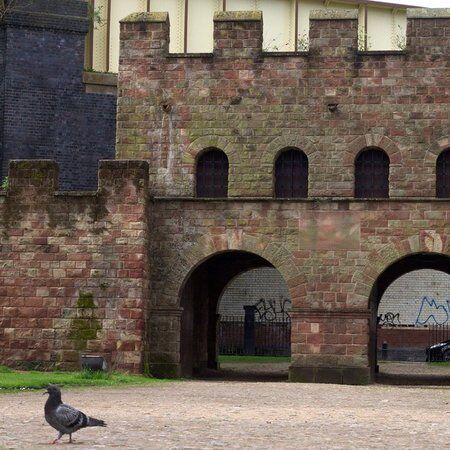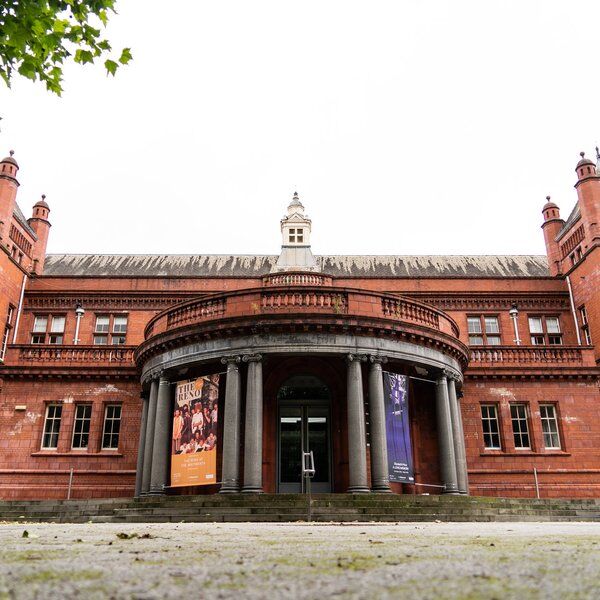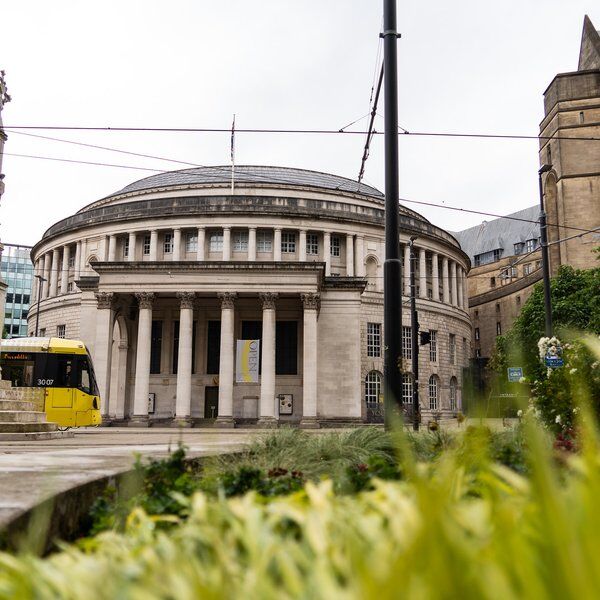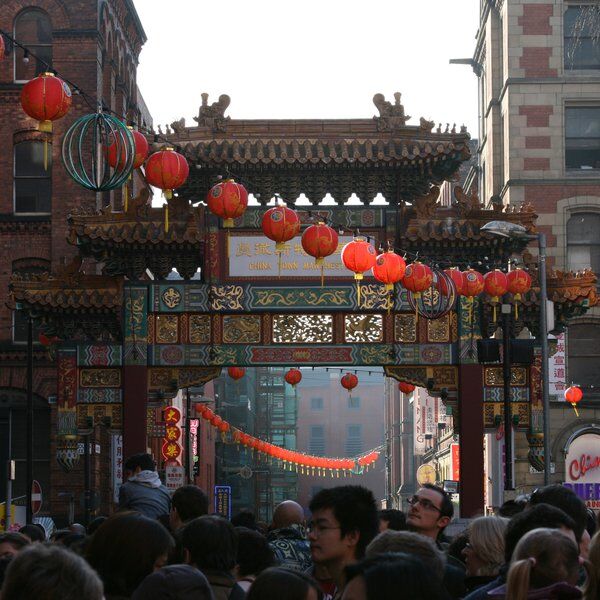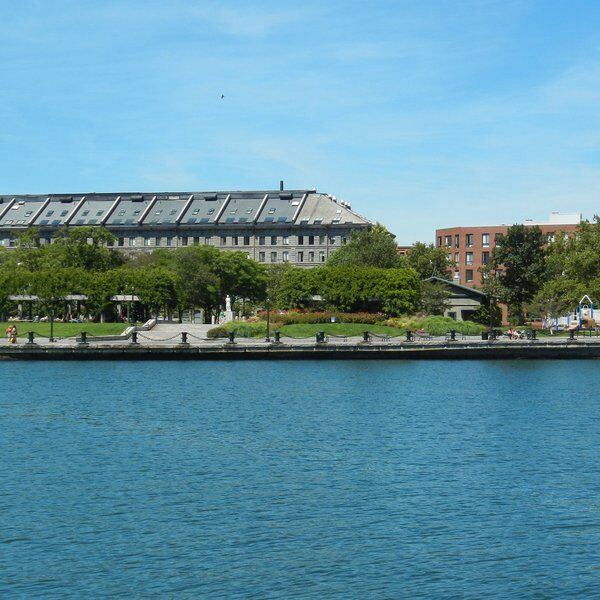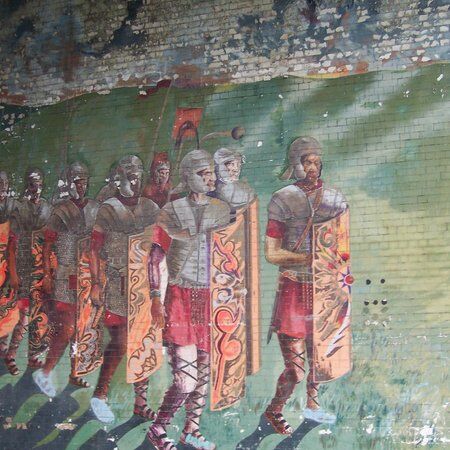
Discover the Romans at Mamucium
Whispering the secrets of an ancient Roman presence in Manchester, Mamucium, also known as Mancunium, was once a fortress guarding the Roman Empire’s Northern Frontier. Up until the Industrial Revolution in the late 18th century, the Roman fort was mostly left undisturbed. But with the Revolution came a fast-paced expansion in Manchester. As a result the majority of the fort was levelled to make room for new developments, such as the Great Northern Railway. Today, Mamucium, with its reconstructed gatehouse, original roadway, and stone foundations are a protected Scheduled Ancient Monument.

The ancient fortress occupies a rare plot of public land in Castlefield, a grassy space adorned with trees and benches.
"We want to deliver a world-class green space that ties together the 2,000-year-old Roman heritage of the site with the modern day city.”
Visitors are invited to stroll around and read the informative signs that explain what Mamucium would have been like in its glory days.
Despite its historical significance, Mamucium's existence remains underappreciated, quietly waiting to be discovered.
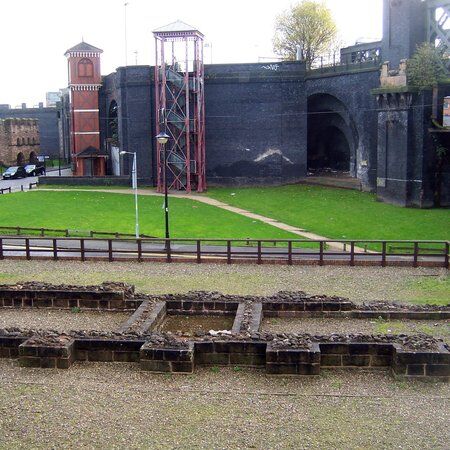
Behind the Name
The etymology of the name Mamucium in Manchester is intricately tied to its ancient roots, offering glimpses into the linguistic evolution of the region. Widely believed to be a Latinised rendition of an original Brittonic name, Mamucium's origins are thought to stem from the Brittonic term "mamm-" meaning "breast," possibly alluding to a "breast-like hill”, which hints at the geographical features that shaped the fort's landscape. Alternatively, it could be linked to "mamma," signifying "mother". Both interpretations find resonance in modern Celtic languages, as "mam" represents "mother" in Welsh. The Latin suffix "-ium" is a common feature in place names, akin to the Common Brittonic "-ion," indicating a "place or city." Interestingly, the Welsh name for Manchester is Manceinion, demonstrating linguistic continuity.
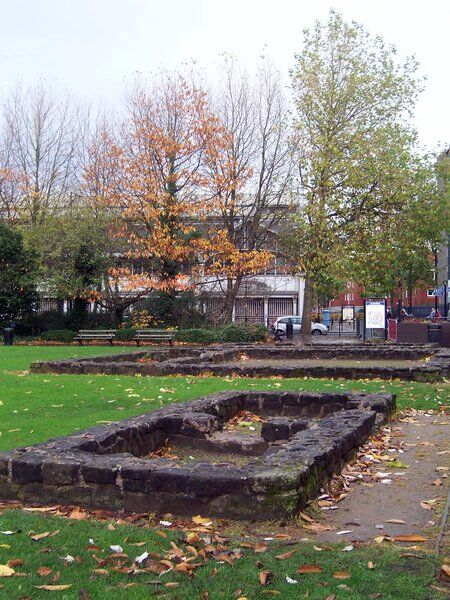
Mamucium: Origins and History
Mamucium, thought to have been established in 79 AD by General Agricola, has played a pivotal role in shaping the foundation of modern Manchester. The fort strategically overlooked the confluence of the Irwell and Medlock rivers and allowed the Romans to protect their interests in both Eboracum (York) and Deva Victrix (Chester).
Initially constructed as a timber fort housing about 500 foreign auxiliary soldiers, Mamucium underwent multiple phases of rebuilding, with notable expansions, including the addition of granaries around 160 AD. Emperor Severus contributed to its transformation by rebuilding it in stone around 200 AD during his efforts to quell a regional revolt. Despite facing various challenges, the fort stood resilient until abandonment at the close of the 4th century AD.
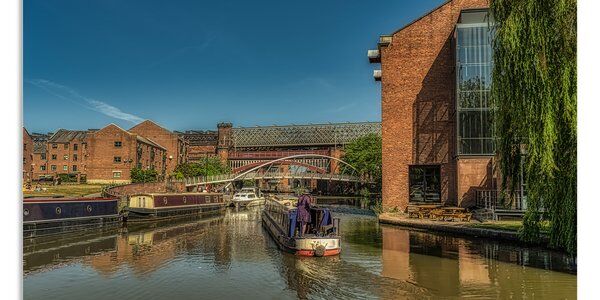
The influence of Mamucium extended beyond its military function, fostering the growth of a civilian settlement, or vicus, around its North and East sides. This settlement evolved into a bustling hub with structures like a Roman temple, a mansio (hotel), and houses. The area thrived as a cosmopolitan centre, welcoming merchants and soldiers from diverse corners of the Roman Empire. Remarkably, Mamucium's Roman legacy persisted through the centuries, with the transition to Manchester marking a continuity of human habitation.
In subsequent centuries, Castlefield underwent significant transformations. The Industrial Revolution reshaped the landscape, with the construction of the Rochdale Canal and railway viaducts that intersected the fort's remains. Despite these developments, Castlefield maintained historical significance, eventually becoming the UK's first Urban Heritage Park in 1982. Excavations and reconstructions followed, shedding light on Mamucium's rich history.
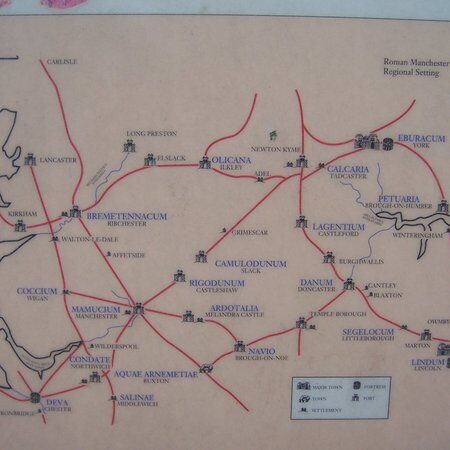
As the fort's remnants continued to be unearthed, Castlefield embraced its Roman heritage and evolved into a vibrant urban space. The 21st century saw ongoing efforts to preserve and showcase Mamucium's legacy, with plans for green spaces and historical reenactments at the North Gate. The site's enduring importance underscores Manchester's deep historical roots, linking the ancient past with its modern urban landscape.

Archaeological Findings: Rediscovering Mamucium's Secrets
Excavations in the 18th and 19th centuries unveiled the foundations of Mamucium, providing archaeologists with a canvas to piece together the puzzle of its layout and significance. The fort is believed to have occupied an expansive area measuring 160 metres by 130 metres, encircled by a dual ditch and a wooden rampart. The fort's layout, surrounded by defensive walls and ditches, exemplifies the strategic foresight used to safeguard it.
Around AD 200, this wooden rampart underwent a transformation, being replaced by formidable stone ramparts, boasting thicknesses ranging from 2.1 metres to 2.7 metres. The design of Mamucium reflects the meticulous planning characteristic of Roman military engineering. Especially given that Mamucium’s dimensions closely align with Templeborough Roman Fort in Yorkshire. They both cover approximately 2 hectares, illustrating similarities in their architectural scale and possibly strategic significance.
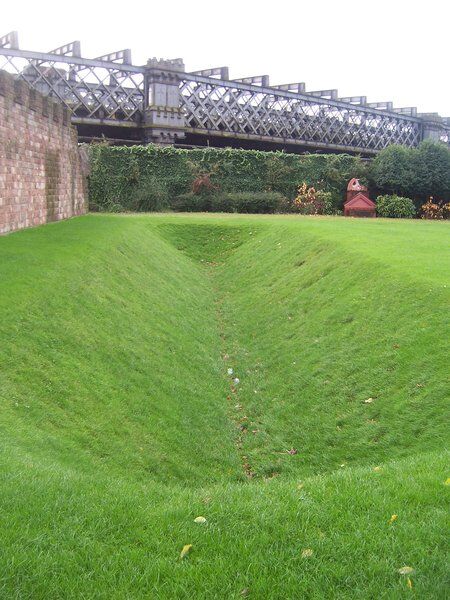
The external vicus, situated on the west, north, and east sides of Mamucium, with the predominant portion to the north, enveloped the site, covering approximately 26 hectares. Structures within this surrounding settlement were likely one-storey timber-framed constructions, primarily of wattle and daub. There are also indications of a cemetery located to the southeast of the fort.
Other excavations over the years have turned up artefacts that told tales of Mamucium's inhabitants. These ranged from pottery to personal items, and provided insight into the routines, hardships, and cultural exchanges that shaped life within the fort and in the vicus.
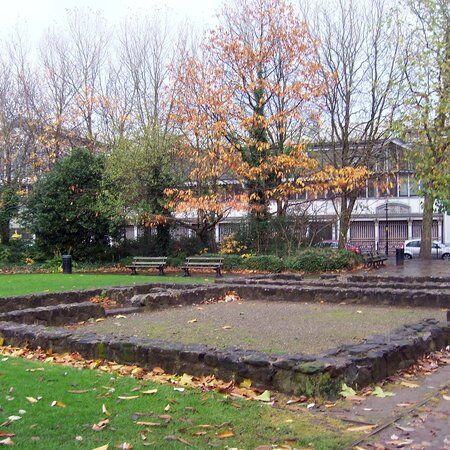
Mamucium Today: A Heritage Reimagined
Since the physical remnants of Mamucium are able to speak volumes about its past, the site has evolved into an educational space. Archaeological findings are now showcased in the Museum of Science and Industry (MOSI), allowing visitors to engage with the reconstructed ruins. They can also walk along the reconstructed ramparts, gaining insight into the double-ditch defences among other strategic aspects. Excavated remains of the granaries, barracks, vicus buildings, and a mural wall showcase the existence and significance of Mamucium as a once thriving Roman community.
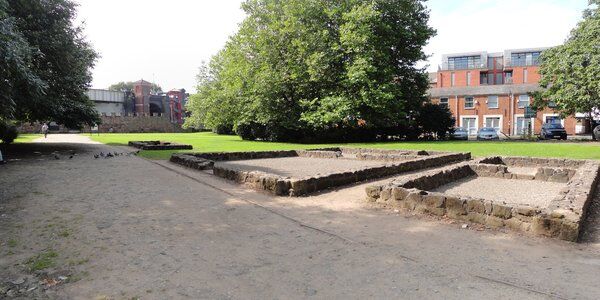
Our Thoughts…
The importance of preserving Mamucium extends beyond its historical significance; it is a commitment to maintaining a tangible link to Manchester's roots.
Interested in finding more places like this? Try one of our CityDays Manchester Treasure Hunts - untangle cryptic clues as a team, as you are taken on a journey to the most unique, unusual and bizarre corners of Manchester.
